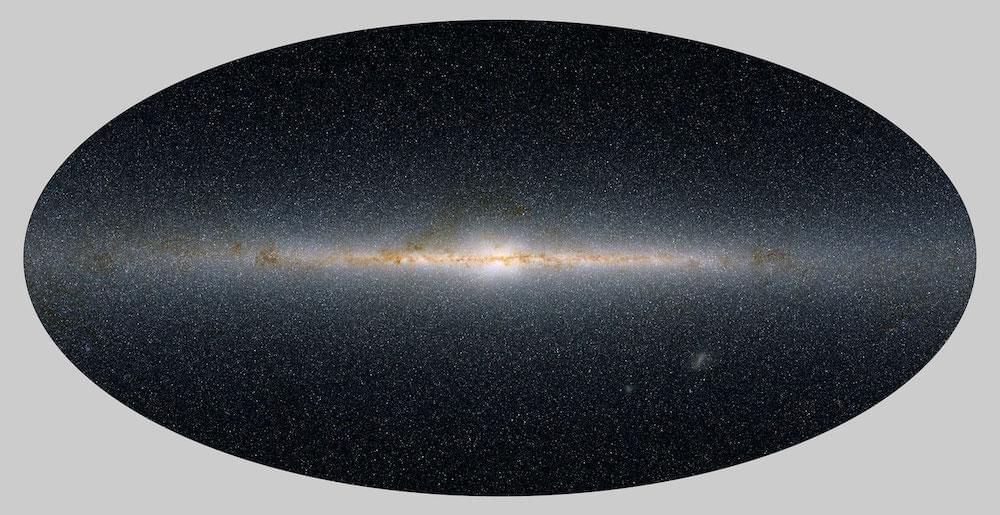We live in the Milky Way galaxy, an immense, flat, spiral galaxy surrounded by a massive halo of stars and dark matter. The disk of stars, gas, and dust in which the Sun resides is fully 120,000 light years across; a soul-crushing distance on the human scale. In the middle of the disk is the central bulge, a lozenge-shaped hub of stars.
How did all this structure come together? We know it didn’t all happen at once, but what were the different chapters in the galaxy’s life? What is the timeline of the Milky Way?
This has been the subject of intense research for decades, but new tools are now online that help target specific structures and stars, aiding in understanding how the galaxy came to be the way it is today. In newly published research, a pair of astronomers has tackled this problem and discovered something surprising: One part of the Milky Way is much older than previously thought, changing how we think our cosmic home was constructed [link to paper].










Comments are closed.